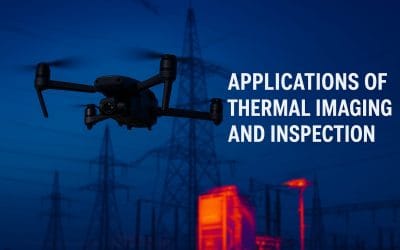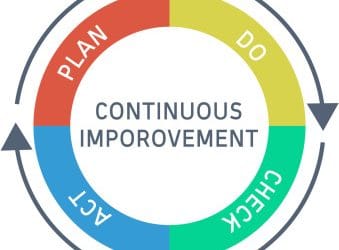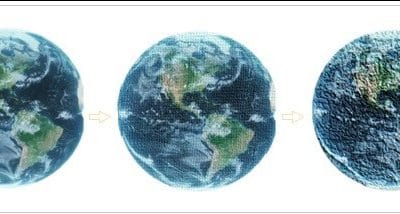Geo-information technologies are valuable tools for ecological assessment in stressed environments.
Every facet of energy exploration, recovery, storage processing, and distribution carries some risks associated with environmental impacts. But sometimes these risks are often difficult to assess and costly to anticipate.
Geospatial technologies are valuable tools for ecological assessment in stressed environments. Visualization of spatial relationships in these instances between natural features and landscapes are which are prone to ecological disaster, associated with oil and gas not only helps in focusing the scope of environmental management analysis with records of changes in the affected area.
Over the past years, GIS and GPS have been used in detecting and mapping environment. Previous studies in sub-Saharan Africa show that GIS and remote sensing offer governments and enterprises a solution for monitoring the carrying capacity of fragile ecosystems impacted by oil and gas activities in areas such as the Niger River Delta.
Geospatial technology also helped quicken the spatial display of the factors, patterns, and environmental effects of oil and gas activities and their implications for global climate change in a region.
Integrated data analysis using remotely sensed satellite imagery and GIS modelling facilitated the analysis of the spatial diffusion of CO2 emission and the potential environmental change involving forest cover and hydrological changes.
Remote sensing technology provides a cost-effective tool for monitoring changes in land-cover. The effective use of satellite remote sensing data and a suitable blend with socio-economic data helps in achieving a local specific prescription to achieve sustainable development of a region.
Geo-information technologies are valuable tools for ecological assessment in stressed environments. Geospatial technologies are valuable tools


































































































